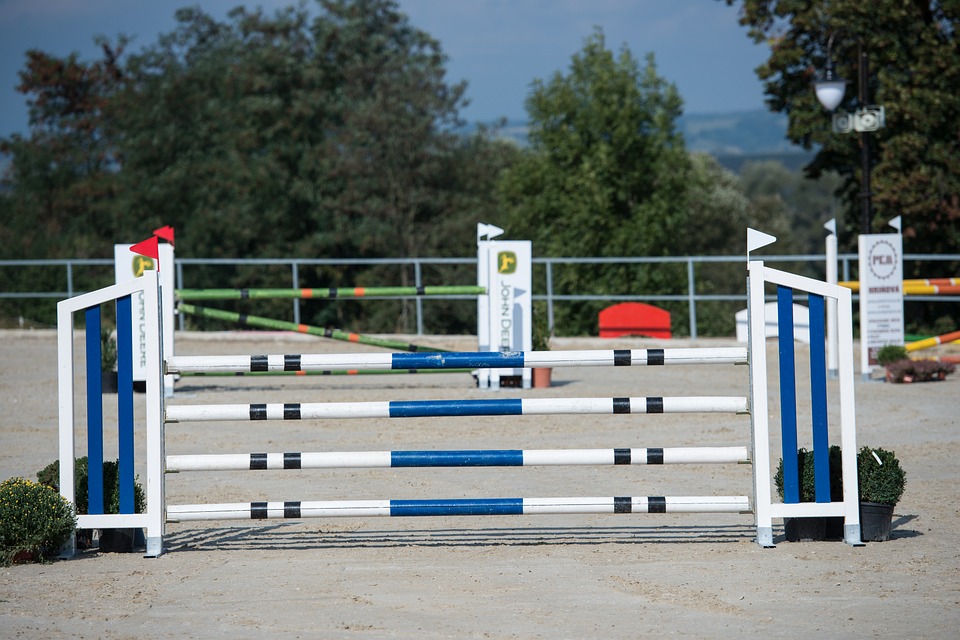Do you find show jumping impressive? Let´s see how much of an influence do riders have on their horses.
Horse is a social creature, that’s why relationships play a crucial role in his life and thus shape his whole personality. That applies to both life in the herd and relationships with humans. A strong bond often forms between the rider and the horse and the same goes for competitive riders. Interspecies communication between humans and horses has evolved over the centuries and is usually based on targeted contact and certain pressure. This differentiates the horse from most domestic animals, with which we communicate more through verbal communication and gestures. Although all professional riders communicate with horses on a similar basis, each of them has its own “style”.
Current studies are trying to figure out how a change of trainer or the relationship between rider and horse affects his performance at a competition. Some studies even compare the colours of horses with their performance. But no one has yet focused on how each rider´s individuality can affect a horse´s performance and his willingness to compete. This is the first study focusing on the interspecific communication between the rider and the show jumping horse based on individual differences in riding styles.
The main goal was to find out the consequences of possible differences in the horse´s performance in relation to the number of riders, which have ridden him. The rider represents an imaginary stability of the social environment, and it can be suspected that a change of rider is associated with a change of owner and a transfer to a different stable. Moreover, researchers were also interested to figure out at what age does a competitive show jumping horse achieve its maximum competitive performance. The study used results from show jumping competitions taken place between the years 1997 and 2009, collected by the Association of Czech Warmblood breeders, which contained data on more than three thousand horses. The researchers divided the horses into three groups according to their competition success to: “good” (max. performance at an obstacle height of 125 cm); “successful” (135 cm) and “best” group (140 cm and more). Within the groups, they then compared them according to whether 1-2 riders, 3-4 riders and 5 and more riders rode on them during their career.
The results showed that most horses have achieved the highest performance, in the sense that they were able to compete at the highest level of competition, at the age of 10. From all the groups, the horses which did best, had a maximum of two riders riding them during their career. That clearly speaks in favour of the social stability of horses and less frequent changes in riders, which has proved to be an advantage for show jumping horses.
You can find the complete scientific study here:
https://www.sciencedirect.com/science/article/pii/S1558787820301362
Neumann, C., Čítek, J., Janošíková, M., Doležalová, J., Starostová, L., & Stupka, R. (2021). Effects of horse age and the number of riders on equine competitive performance. Journal of Veterinary Behavior, 41, 1-6.

